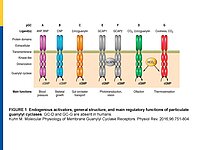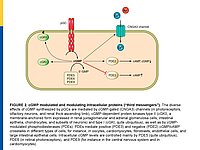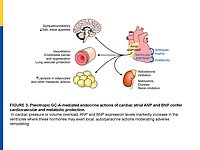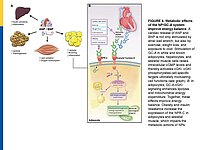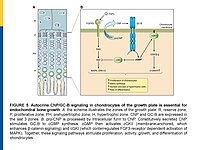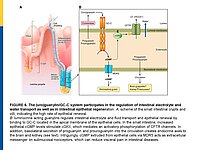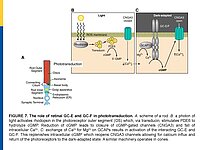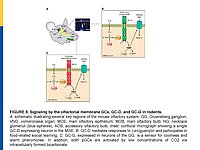Overview of our research field
Our research focuses on the intracellular second messenger cyclic GMP
Cyclic GMP controls many cellular functions ranging from growth, viability, and differentiation to contractility, secretion, and ion transport. The mammalian genome encodes seven transmembrane guanylyl cyclases (GCs), GC-A to GC-G, which mainly modulate submembrane cGMP microdomains (Figure 1). These GCs share a unique topology comprising an extracellular domain, a short transmembrane region, and an intracellular COOH-terminal catalytic (cGMP synthesizing) region. Cyclic GMP modulates the activity of specific cyclic GMP-dependent protein kinases and ion channels. Because cyclic GMP can stimulate phosphodiesterase (PDE) 2A and inhibit PDE3, it can also „cross-talk“ to cyclic AMP and either reduce or augment intracellular cyclic AMP levels (Figure 2). GC-A mediates the endocrine effects of atrial and B-type natriuretic peptides regulating arterial blood pressure/volume and energy balance (Figures 3 and 4). GC-B is activated by C-type natriuretic peptide, stimulating endochondral ossification in autocrine way (Figure 5). GC-C mediates the paracrine effects of guanylins on intestinal ion transport and epithelial turnover (Figure 6). GC-E and GC-F are expressed in photoreceptor cells of the retina, and their activation by intracellular Ca2+-regulated proteins is essential for vision (Figure 7). Finally, in the rodent system two olfactorial GCs, GC-D and GC-G, are activated by low concentrations of CO2 and by peptidergic (guanylins) and nonpeptidergic odorants as well as by coolness, which has implications for social behaviors (Figure 8). In the past years advances in human and mouse genetics as well as the development of sensitive biosensors monitoring the spatiotemporal dynamics of cGMP within compartments of living cells have provided novel relevant information about this receptor family. This increased our understanding of the mechanisms of signal transduction, regulation, and (dys)function of the membrane GCs and clarified their relevance for genetic and acquired diseases.
Our research aims to dissect the cell-specific roles and molecular pathways of the GC-A and GC-B receptors, especially in the cardiovascular system and in the lung.
The results emphasize the relevance of these receptors and their peptide ligands as targets for novel therapies in the fields of arterial and pulmonary hypertension and heart failure.
(Klick on the iimages below to enlarge)


